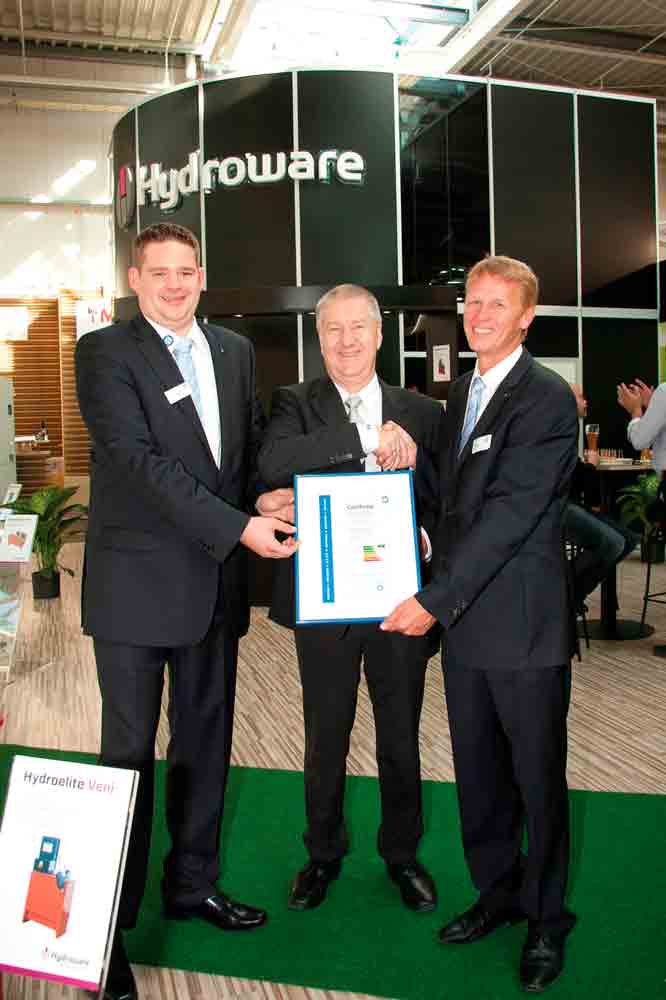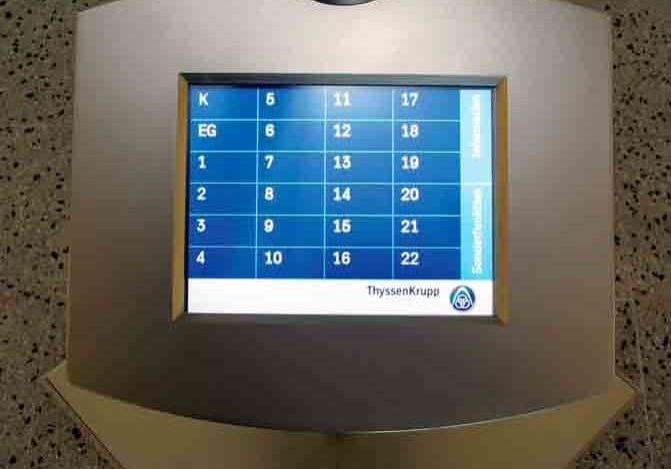How Hydraulic Elevators Came Back to “Green”
Apr 1, 2012

The author recounts his work through the decades to improve the ride quality and energy efficiency of hydraulic elevators.
I began working with hydraulic elevators at the Swedish company Devehissar in 1977. During the 1980s, my team and I created an electronically regulated valve system that proved to be an important advance in the hydraulic-elevator field. During the 1990s, working for Schindler, we further developed the valve and devised the “direct approach to the floor” concept. At the time, we were unaware that this new product was not as energy efficient as one implemented in the 1970s. How could a product released in 1998 not be an improvement over one from the 1970s? What did hydraulic engineers achieve during these three decades? The goal of this article is to provide a general overview of the history of hydraulic elevators, documenting the decades-long struggle to improve both ride quality and energy efficiency.
I will use a 630-kg (eight-person) elevator traveling at speeds of 0.5 mps serving four floors and performing 100,000 trips per year as a reference to explain how the 1970s system operated, developments that have come along since and how a product that improves upon previous versions was finally created.
1970s
During the 1970s, Devehissar offered a hydraulic unit that used an air-cooled motor with 90% energy efficiency, an on/off valve system without oil bypass in full-speed up travel and a star-delta motor starter. The ride was jerky, but the system was energy efficient.
- Energy consumption: 1,700 kWh per year
- Circuit breaker: 35 amps
- Ride performance: Jerky
Several hydraulic elevator manufacturers began supplying pump units with submerged motors to reduce noise levels and starting currents. At this time, few were concerned with energy efficiency, so a 15% increase in energy consumption was acceptable. In an attempt to make rides smoother, new valve systems were also released to the market. Ride performance improved, though flight time increased.
1980s
Though the first electronic regulated valve was introduced to the market in the 1970s, submerged motors with 74% energy efficiency were still widely used. To better regulate speed in the up direction, it became necessary to have 10-15% bypass running at full speed. To create smooth ride performance, travel time was again increased, making flight time approximately 50% longer than it was in the 1970s.
- Energy consumption: 2,800 kWh per year
- Circuit breaker: 35 amps
- Ride performance: Smooth but with longer trip times
My team and I developed an electronic valve system for Devehissar that increased energy consumption by 70%. However, the elevator ran smoothly, so we were pleased with the results, as there were no “green” discussions at the time.
1990s
In 1998, Hydroware released a regulated valve incorporating the “direct approach to the floor” concept and without oil bypass in full-speed up travel. The pump unit still used a 74% energy-efficient submerged motor, but travel time was shortened to what it was in the 1970s. A soft-starter unit was also implemented to reduce starting current.
- Energy consumption: 2,100 kWh per year
- Circuit breaker: 25 amps
- Ride performance: Smooth and fast
2000s
The first frequency-inverter drives for hydraulic elevators were introduced during this decade. These power units regulated flow in up and down travel, from standstill to full speed and back to standstill. Since most hydraulic elevators have no counterweight, the torque requirement for starting with a full load is high, which increases current consumption. However, energy consumption was reduced, since there was no oil bypass during up travel, including acceleration and deceleration. These systems still utilized a submerged motor.
- Energy consumption: 1,900 kWh per year
- Circuit breaker: 25 amps
- Ride performance: Smooth and fast
2010s
In 2011, Hydroware released a new system based on the “direct approach valve.” Instead of a submerged motor, an air-cooled motor, which is 90% energy efficient, is used. Elevator speed in up travel is regulated by a frequency inverter and speed is slightly reduced with heavy loads, greatly reducing the circuit breaker.
- Energy consumption: 1,700 kWh per year
- Circuit breaker: 10 amps
- Ride performance: Smooth and fast
Finally, a system was developed that improves upon what my predecessors created in the 1960s. Energy consumption is on the same level, but power consumption is decreased and ride performance is improved. Strong focus has been placed on the “green” properties of elevators in recent years. The German guideline VDI 4707 Part 1 deals with the energy efficiency of elevators, with class “A” being the highest attainable efficiency class. At Interlift 2011 held in October in Germany, my team and I, together with TÜV SÜD, made an energy measurement of our hydraulic elevator and attained a class “A” rating. This hydraulic elevator, according to TÜV SÜD, is the first of its kind to attain such a rating.
Get more of Elevator World. Sign up for our free e-newsletter.








